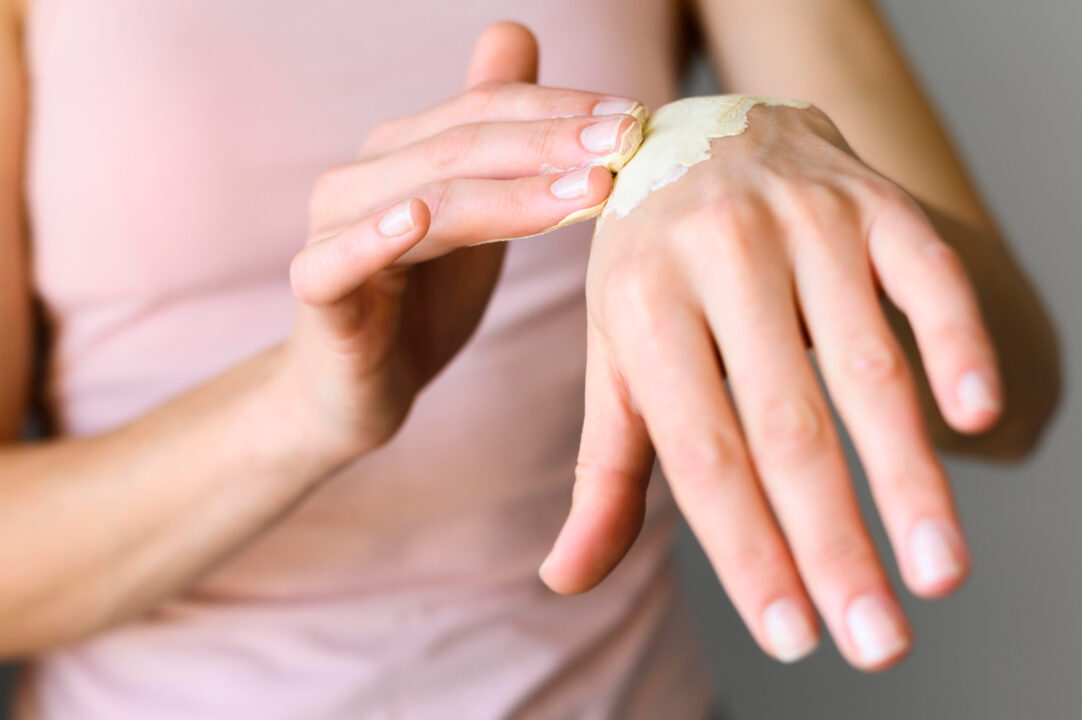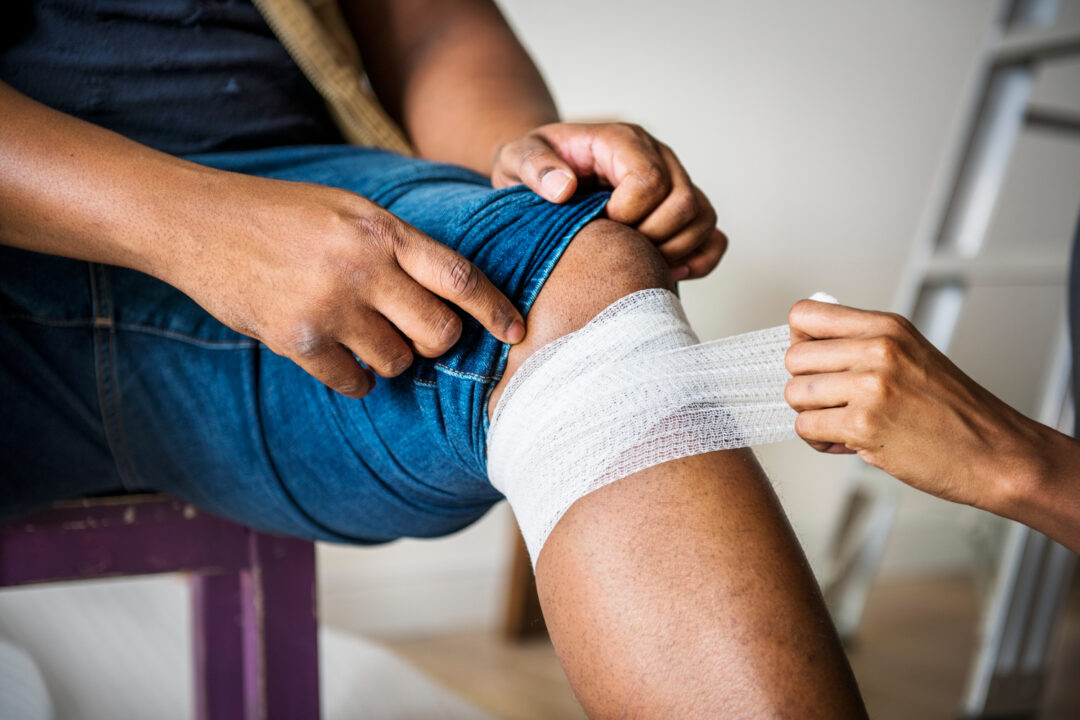Proper wound care is essential to ensure proper healing and prevent infection. One of the most important aspects of wound care is the application and changing of wound dressings. A wound dressing is a sterile covering applied to a wound to protect it from external contaminants to promote healing. In this article, we will discuss how to apply and change wound dressings appropriately.
Preparation
Before applying or changing a wound dressing, it is important to wash your hands thoroughly with soap and water. This will help prevent the spread of germs and bacteria. It is also important to gather all the necessary supplies, including the wound dressing, padding, adhesive tape, antiseptics and any required wound care supplies.

Application
1. Clean the wound
Before applying a new dressing, it is important to clean the wound to remove any debris or bacteria that may have accumulated. If the wound is still bleeding, apply pressure to the wound with a clean, sterile gauze until the bleeding stops. Once the bleeding has stopped, clean the wound with saline solution or antiseptic solution recommended by your healthcare provider.
2. Apply the dressing
After cleaning the wound, apply the dressing by carefully placing it over the wound. Make sure the dressing completely covers the wound and extends a few centimeters beyond the edges of the wound. If necessary, add any additional padding or dressings to ensure proper protection and absorption of any wound exudate.
3. Secure the dressing
Once the dressing is in place, use adhesive tape or other means of securing the dressing to prevent it from slipping or becoming dislodged. It is important to make sure the tape is not too tight and does not restrict circulation.
Changing the Dressing
1. Wash your hands
As with applying a new dressing, it is important to wash your hands thoroughly before changing a dressing to prevent the spread of bacteria.
2. Remove the old dressing
Carefully remove the old dressing, being cautious not to disturb any scabs or new tissue growth that may have formed. If the dressing is stuck to the wound, moisten it with sterile saline solution to help loosen it.
3. Clean the wound
Once the old dressing is removed, clean the wound as before with sterile saline solution or antiseptic solution recommended by your healthcare provider.
4. Apply the new dressing
After cleaning the wound and depending on the wound healing progress, you may consider applying a layer of wound gel or ointment prior to covering the wound with a new dressing.
5. Secure the dressing
Once the new dressing is in place, secure it with adhesive tape or other means, being careful not to make the tape too tight.

When to Seek Medical Attention
While most minor wounds can be treated with proper wound care and dressings, some wounds may require medical attention. Seek medical attention if:
- The wound is deep or the edges are jagged
- The wound is located on the face or near an eye
- The wound is bleeding heavily and does not stop after applying pressure for 15 minutes
- The wound is infected, with signs of redness, swelling, or pus
- You have a fever or other signs of infection
Proper wound care is essential to prevent infection and promote healing. Applying appropriate wound care products and changing the dressings is a critical component of wound care. By following the steps outlined above, you can ensure proper application and changing of wound dressings, helping to promote healing and prevent infection. Remember, if you have any concerns about a wound or wound care, seek medical attention from a healthcare provider.




